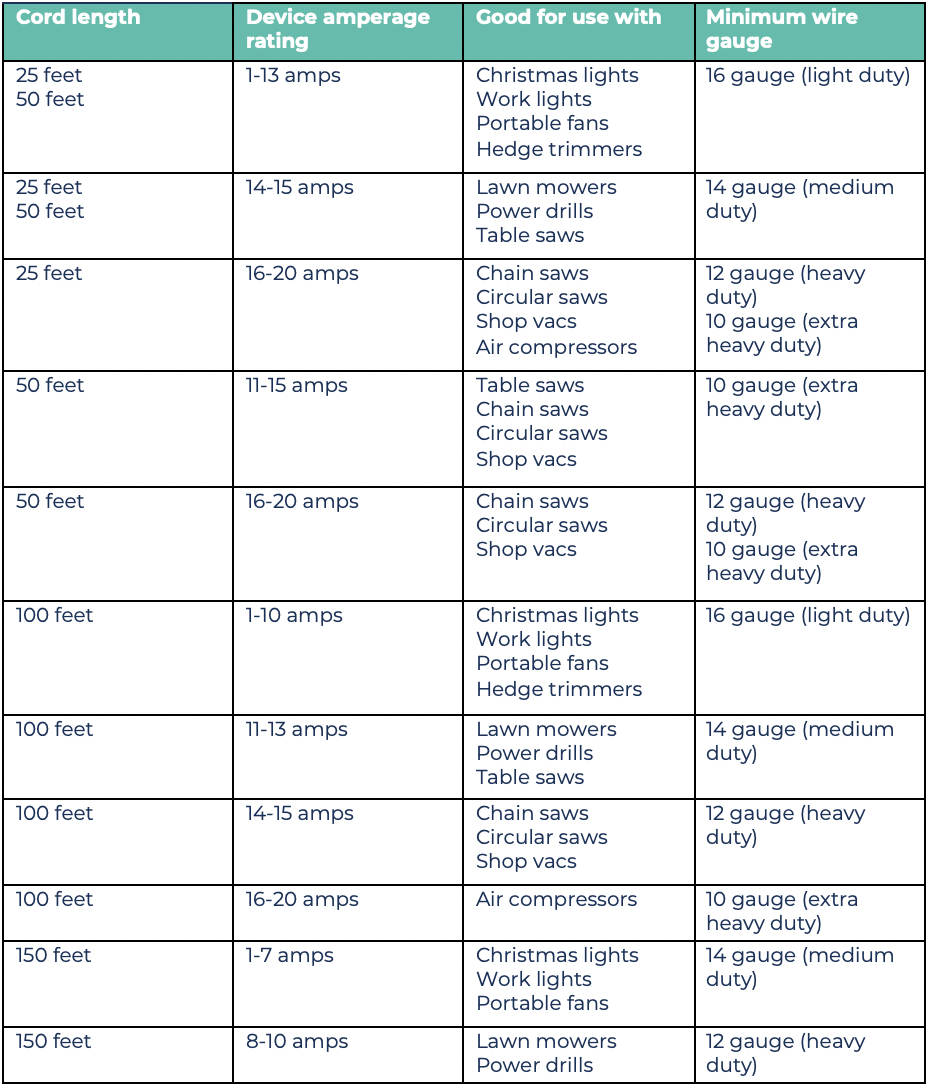EXTENSION CORD SAFETY TIPS FOR YOU AND YOUR POLICYHOLDERS
Seasonal temperature changes and unpredictable weather can lead to an increased use of extension cords to power space heaters, cooling fans and dryers, so now is a good time to review the importance of proper extension cord use. According to the U.S. Fire Administration, in 2018 there were 379,000 building fires, with 6.8% caused by electrical issues or misuse.* Two of the most common causes of electrical fires are arching and overloading, and both can be caused by the improper use of extension cords.
We’ve put together a list of easy-to-remember safety tips for extension cord use that could help prevent a fire loss.
- Check extension cords daily or before each use. Cords should be Underwriters Laboratory (UL) certified or similar.
- Replace damaged cords – don’t repair. Repairing extension cords increases the chance of fire.
- Plug directly into the outlet only, not into power strips or other extension cords.
- Use for temporary wiring only; 30 days or less is recommended.
- Do not use in high-traffic areas, including foot, cart and forklift traffic.
- Avoid wet or damp areas. Use ground fault circuit interrupters (GFCIs) to automatically disconnect power in damp, wet or dangerous areas to avoid overloading circuits.
- Extension cords should not be used to power any computer, printer, other production equipment or a power strip on an ongoing basis.
For additional information about proper distances, gauges and uses, review the gauge chart below or contact your local Encova loss control specialist.

